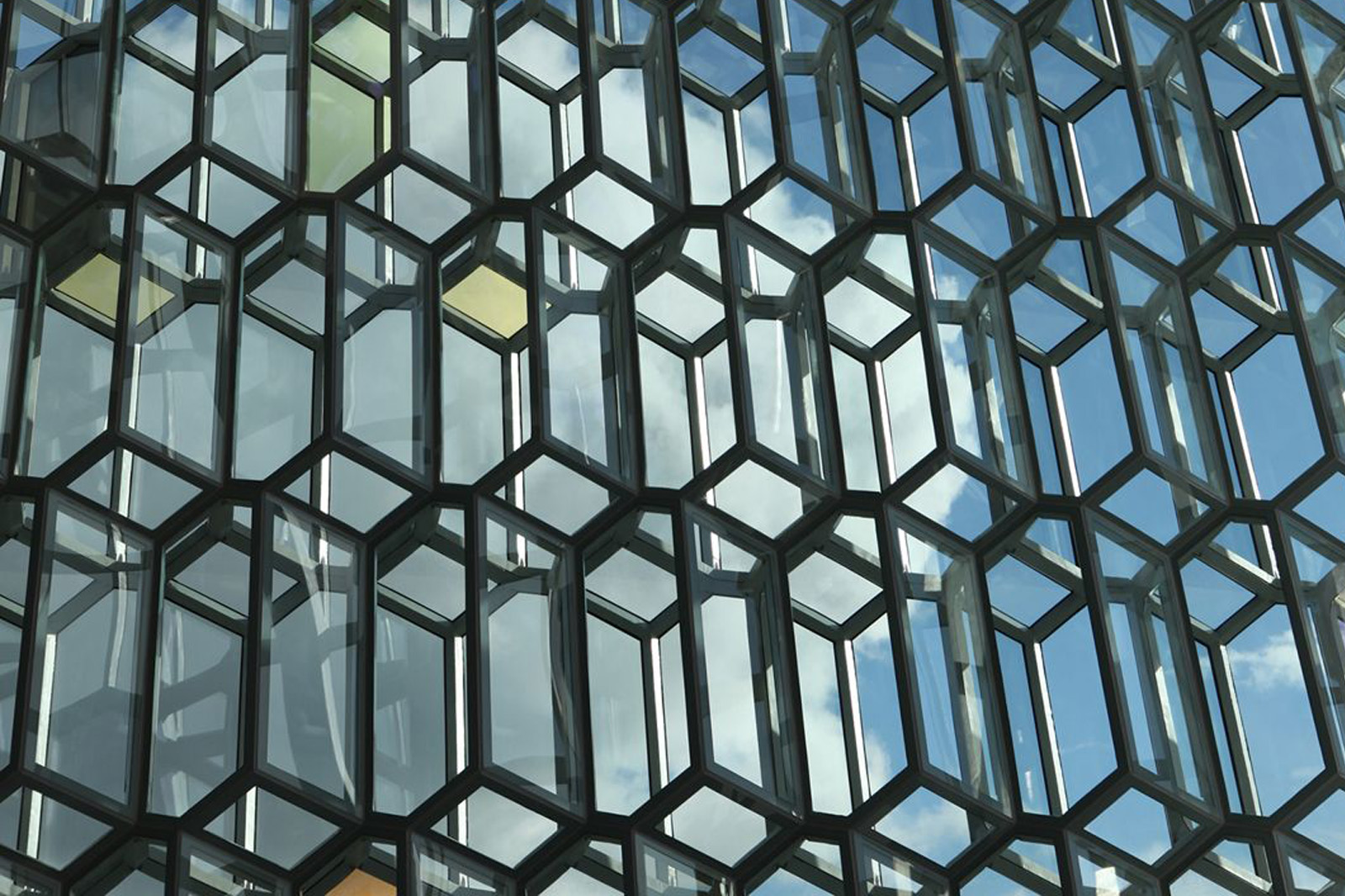
Facades of Harpa Reykjavik Concert Hall and Conference Centre
Reykjavik, Iceland 2005-11
Olafur Eliasson and Studio Olafur Eliasson
This project was completed prior to the founding of Studio Other Spaces.
Reminiscent of the crystalline basalt columns commonly found in Iceland, the geometric facades of Harpa are based on a modular, space-filling structure called the quasi brick. The quasi brick modules incorporate panes of colour-effect filter glass; the building shimmers, reacting to the weather, time of year or day, and the position and movements of viewers.
situation
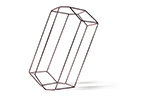
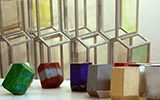
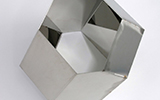
Photo: Jens Ziehe

Photo: Jens Ziehe
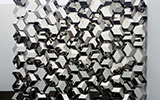
Photo: Jens Ziehe
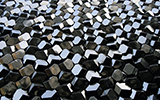
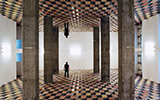
Photo: Ari Magg
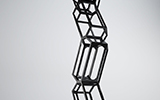
process







production








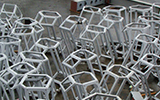
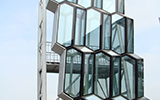
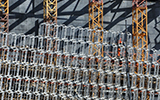
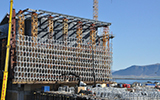
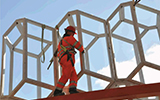

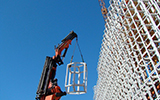

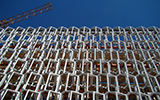
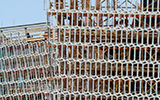
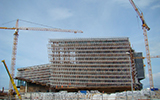

reality











Originally developed by geometer and mathematician Einar Thorsteinn, the quasi brick is a twelve-sided polyhedron consisting of rhomboidal and hexagonal faces. Through their collaboration, Eliasson and Thorsteinn began investigating the potential for using the quasi brick in architecture. When the space-filling modules are stacked, no gaps are left between them, so they can be used to build walls and structural elements. The combination of regularity and irregularity in the modules lends the facades for Harpa a chaotic, unpredictable quality. As a result, the facades are both aesthetically and functionally integral to the building.
Only the main south facades of Harpa employ the three-dimensional quasi bricks; the irregular geometric patterns of the west, north, and east facades were derived from a two-dimensional sectional cut through the three-dimensional bricks.
Olafur Eliasson and his studio designed the facades of Harpa Reykjavik Concert Hall and Conference Centre in collaboration with Henning Larsen Architects. The project was one of the early architecture-scale projects to come out of Studio Olafur Eliasson, and it has since informed the founding of Studio Other Spaces.
Client: Eignarhaldsfélagið Portus, Reykjavik
Location: Reykjavik, Iceland
Date: 2005–11
Collaborators: Henning Larsen Architects
Awards: Mies van der Rohe Award 2013 – European Union Prize for Contemporary Architecture



